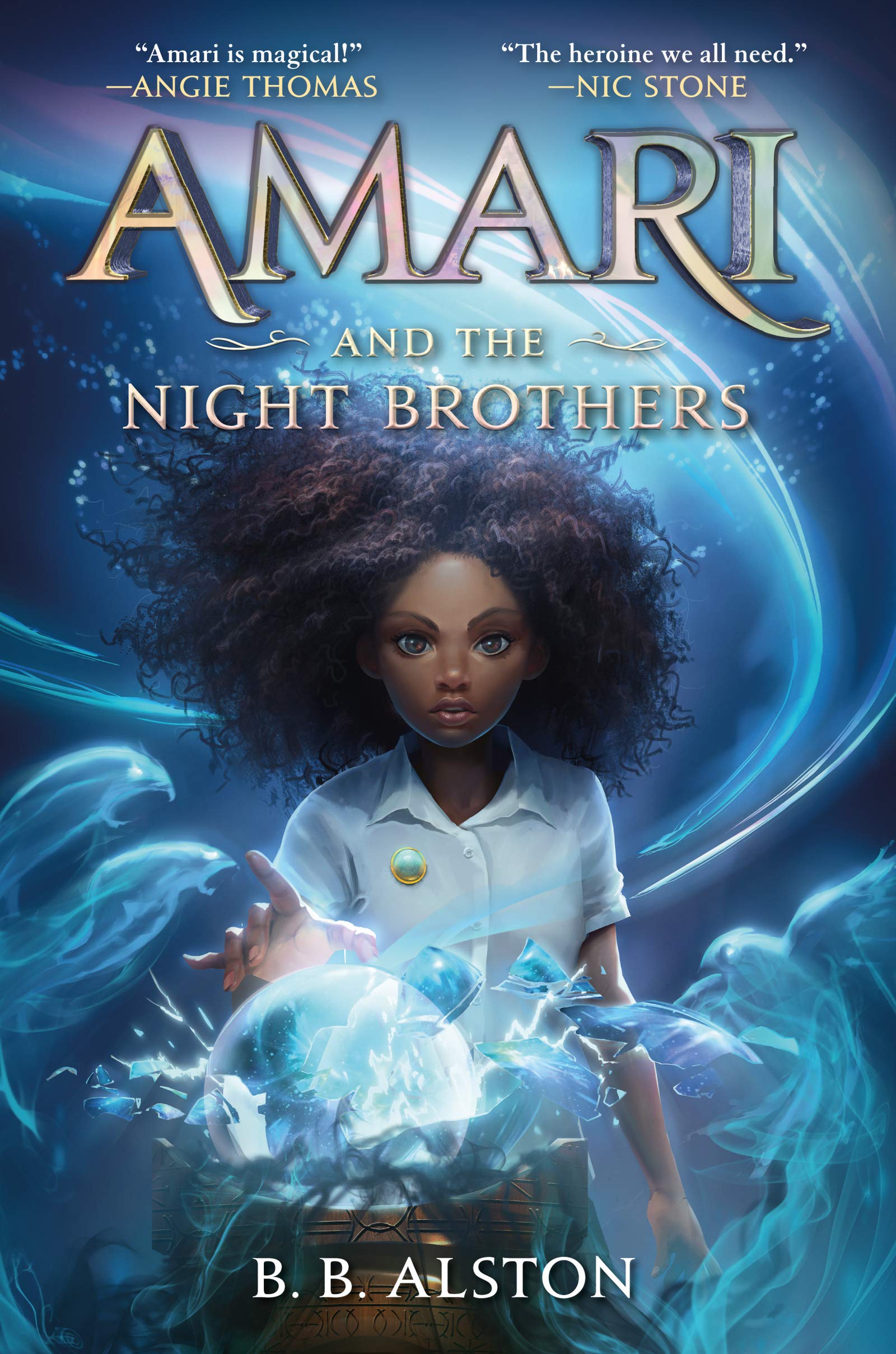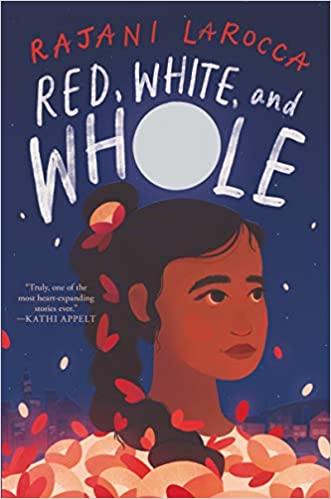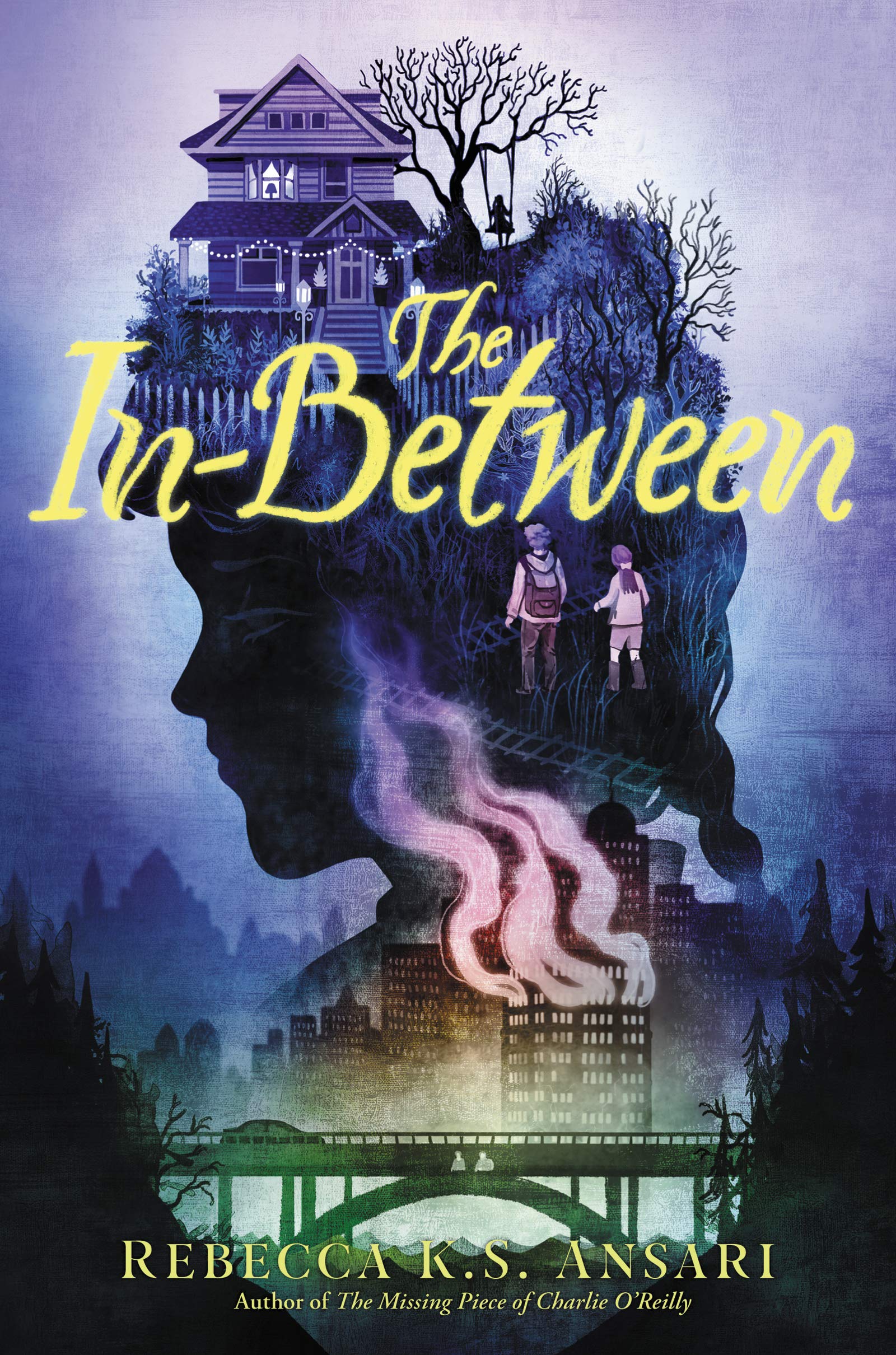 Real by Carol Cujec and Peyton Goddard, 2021
Real by Carol Cujec and Peyton Goddard, 2021
Recommended for grades 6-8; realistic fiction
Brief Review:
Because thirteen-year-old Charity Wood doesn’t talk and has limited motor skills, everyone assumes that she is mentally challenged. But when her parents discover the abusive conditions at Charity’s special needs school and enroll her in public school, she quickly learns new ways to communicate. With the help of the special needs coordinator and an aide, Charity suddenly starts to type. Many of the people who have doubted her, including family members, the principal, the basketball coach, and numerous fellow students all learn that she is intelligent and articulate. But a few students and parents don’t welcome Charity to the public school. Someone keeps posting hurtful comments on an anonymous gossip app, and eventually, people start questioning whether Charity is really typing for herself. Charity must defend herself not only against stereotypes but also against specific accusations of plagiarism. Inspired by the real-life experiences of one of the book’s two authors, this story explains the importance of respecting everyone, including people with disabilities, and not underestimating someone’s intelligence or potential based upon their limitations. Unfortunately, despite the book’s important message and (eventually) uplifting tone, the plot and characters simply aren’t interesting enough to appeal to a wide audience.
Long Review:
Thirteen-year-old Charity Wood doesn’t talk. No one knows that she loves sour gummies and pepperoni pizza or that she hates oatmeal and the pink dresses her mother makes her wear. No one except her parents truly believes that she is intelligent and knows how to read and do junior-high-level math. And even her family has no idea that she suffers from neglect and abuse at Borden Academy, the school that is supposed to accommodate and support her special needs. But then one day her mother goes into Borden to try to meet with a teacher and observes the unsatisfactory conditions that have always been covered up on Parents Day. She immediately pulls Charity out of Borden Academy and starts the process of getting her admitted to public school.
The principal, Mr. Jergen, is skeptical of Charity’s ability to function and participate in the public school curriculum given her limited motor skills and the fact that she’s nonverbal. But the special needs coordinator, who introduces herself as Celia, quickly realizes that Charity is much more intelligent than any doctor or educator has realized in the past. In fact, under the guidance of Celia and an aide named Ana, Charity quickly learns how to type. She suddenly is able to communicate with her family, her new friends, and her teachers. She excels in academics, makes friends, and even joins the basketball team.
But not everyone welcomes Charity to public school. The majority of the popular-girl clique takes a dislike to her, with the possible exception of Grace, who was Charity’s friend when they were little. And someone keeps saying hurtful things on an anonymous gossip app. Later, when Ana has to take time off unexpectedly for a family emergency, Charity is given a substitute aide who types her own words with Charity’s keyboard, raising questions about whether Charity was really communicating on her own in the first place. After Charity submits a research paper about the negative environment at Borden Academy, she is even accused of plagiarism.
Inspired by the real-life experiences of one of the book’s two authors, this story explains the importance of respecting everyone, including people with disabilities, and not underestimating someone’s intelligence or potential based upon their limitations. The message is important and the eventual outcome of Charity’s story is positive, but the book unfortunately lacks the appeal factors to reach a wide audience, especially not within the 8-11 age range for which retailers recommend it. The story isn’t exciting or humorous, few of the characters are well-developed or likable, and much of the plot revolves around the adult-oriented topic of best practices in special needs education.
 Amari and the Night Brothers
Amari and the Night Brothers  Red, White, and Whole
Red, White, and Whole  The In-Between
The In-Between